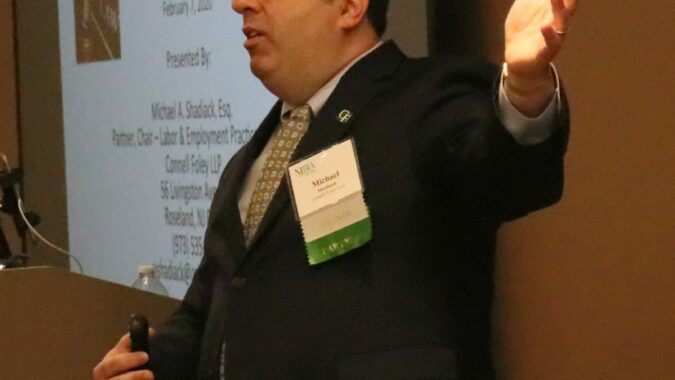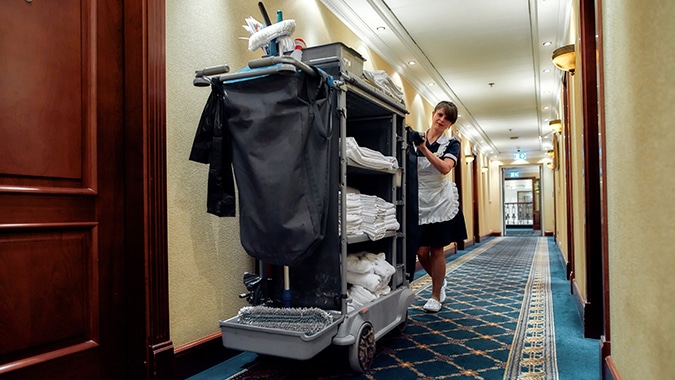When we think of discrimination in the workplace, we imagine overt acts that reflect prejudice: A company that doesn’t hire young people because the hiring manager makes it known he doesn’t like millennials; a department head looks the other way on racy photos hanging in the shop; or one ethnicity or gender consistently promoted over others.
Such acts usually wind up in court, and if a business is proven to have done or allowed such actions, it could result in significant liability. If a case is further litigated in court or arbitration, that usually means a plaintiff’s counsel believes he/she can prove the business, or at least a decision-maker, acted with bad intent.
Now, a relatively new theory of liability is being pursued by employees and their counsel that can be harder for businesses to defend against because the claim is based on the bad actor’s alleged unconscious bias.
Attorney Michael A. Shadiack of Connell Foley cautioned during Getting Personal: Knowing the Legal Liabilities of a Hostile Workplace on Feb. 7 that “The concept of unconscious bias has arisen in the last few years. The theory is based on the actor having an implicit bias that leads to micro-aggressions —small, slight offenses that may go mostly unnoticed, but can add up to be alleged systemic discrimination or workplace harassment.”
Implicit or unconscious bias refers to the unmindful stereotypes that we form through years of life experiences, media influences, and upbringing, all typically outside of our immediate awareness. In the workplace, an unconscious bias can bring legally irrelevant factors into personnel decisions. Under this legal theory, the unconscious bias clouds the opinion of, say, a hiring manager toward, say, people of a particular national origin, race, age, sexual orientation, religion or other protected classification.
An employee’s hair color or texture also cannot factor into personnel decisions because New Jersey’s CROWN Act bans hairstyle discrimination. Personnel managers must be careful not to allow their dislikes to turn into an unconscious bias that causes discrimination in hiring or promotion decisions.
Shadiack explained that a claim based on an unconscious bias could be expensive for a business to defend. One may need to retain an expert to prove the alleged bad actor does not have such bias, and experts are not cheap.
The best defense comes before any lawsuit, and even before a personnel decision is made. As Shadiack said, an employer is well-served to document the objective business criteria for the personnel decisions made and how the employee either meets or does not meet the criteria. In other words, show how your personnel decisions are business decisions, not the result of stereotypes, prejudices, or any bias.
Also, employers should be conducting workplace harassment prevention training for all employees, Shadiack said.
“The training should provide a practical explanation of the law, provide multiple examples of prohibited workplace conduct, and reinforce the business’s anti-harassment and anti-discrimination policies and complaint procedure,” Shadiack explained. “Additional training of middle-management and first-line supervisors should also be provided on how to respond effectively to harassment or discrimination they observe, that is reported to them, or of which they have knowledge or information,” Shadiack said.
Related articles:
Employers Prohibited from Asking Job Candidates about Salary History(Opens in a new browser tab)
Three Types of Training You Should Give Supervisors(Opens in a new browser tab)


